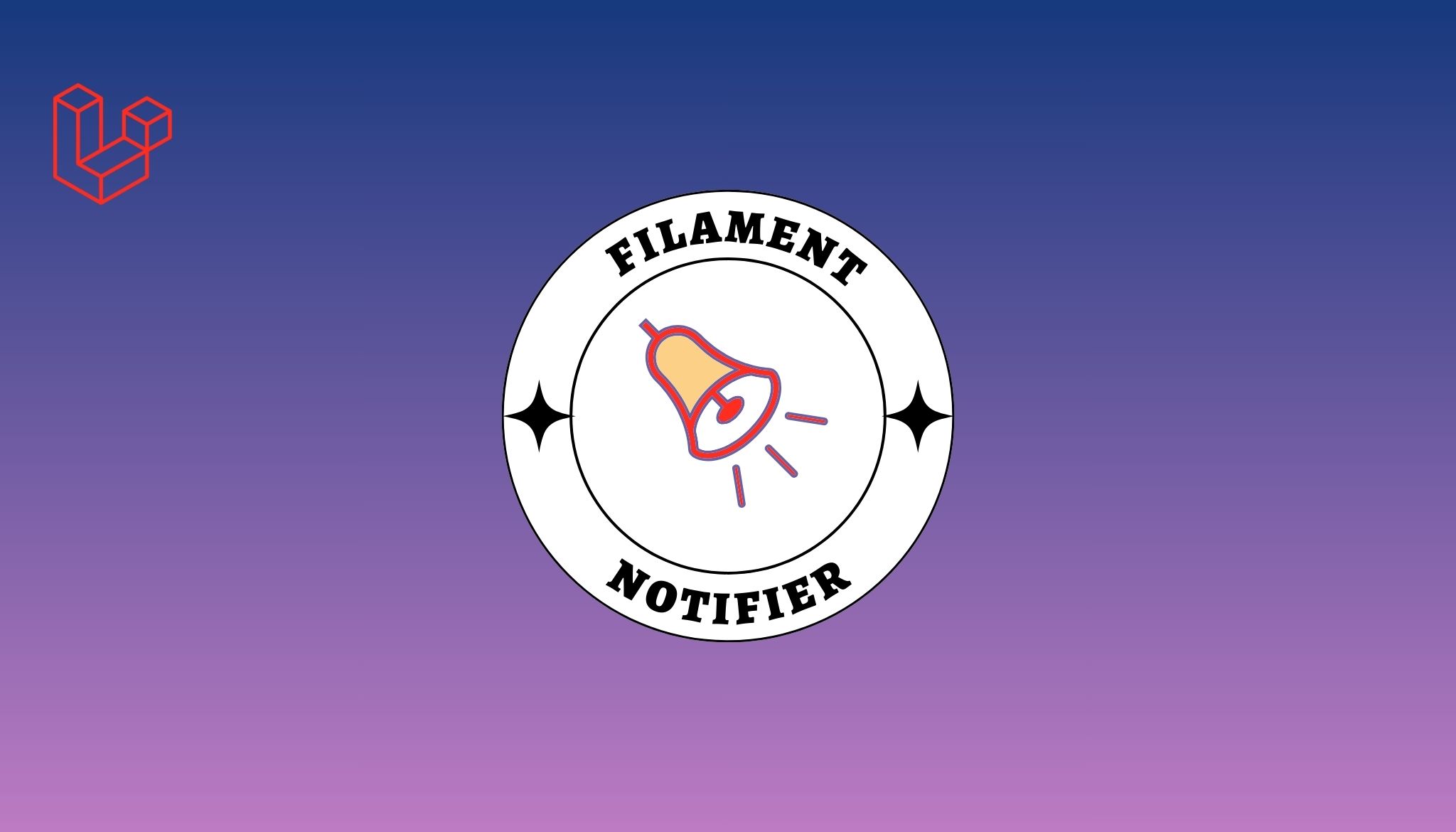Choosing a single template to design your website can either be a lot of fun or a completely exhausting experience. With countless designs available, one would think it's a goldmine, but unfortunately, that's not the case for selecting templates for websites.
The reasonable option here is to rely on these criteria on three essential steps that we will discuss in the article.
3 Simple Criteria To Help You Choose Your Website Template Design
Content Width Design:
Usually, the template designs offer two types of content width:
1. Full-Width
2. Boxed-Width
The full-width content area works best for creative, and contemporary designs. Where as the boxed-width content area is more suitable for traditional, and business-oriented designs.
Full-width is when the background image stretches the entire width of your computer screen – from the left edge of your screen to the right edge. So it gives the feeling that your website content has no boundaries. Boxed-width is when your content has a visible frame to the left and right side of the screen. So it feels like the content is "boxed" into a set area.
Now it's on us to choose any of the above two widths according to our need and feasibility. If the goal is to make the website more creative and modern-day, then the full-width design will do the work and if the target is to make the website more professional and traditional, then go with the boxed-width design.
Home Page Header Design:
Choosing the right header design for your home page is more of a strategic decision than a design decision. It depends on what type of business you have.
Most of the websites have some header on their home page; the purpose of a header is to attract visitors so that they make some efforts to go through the entire website. Now a good number of website templates contain headers of a different sort. It can either be a single image, a series of images, or videos.
Although it is vital to lean on an attractive header, it must get along with the respective website too. After all," a picture is worth a thousand words" a header communicates like no other thing. It's like a first impression which makes the mind of visitors.
Menu Bar Design:
"The menu bar might not look important, but it impacts how your visitors perceive you and your brand."
While selecting a website template for a particular business, it is often observed that not much thought and time is put into the design of a menu bar; the menu bar is the first tool that a user will most certainly use to navigate the website. It works like a road map that guides the audience in the right direction.
The menu bar should only have the page tabs, which are of top priority; make sure to keep the colour and font of the page tabs pleasant, and the colour of the menu bar itself should stand out. It is best to keep the font simple so that it is easier for people to read. Another vital element is to choose a light colour background.
Now comes the position of a menu bar; usually, the menu bar is fixed on the top of the page, which makes it easier for the visitors to easily switch between pages rather than scrolling back to the top. A set menu bar is more convenient for websites with long pages.
Most of the websites use the horizontal menu bar, it's popular because it is efficient, and you can't go wrong most of the time. A vertical menu bar mainly works when there are a lot of menu bars. One more kind is not very popular or preferred, known as the bottom horizontal menu bar.



